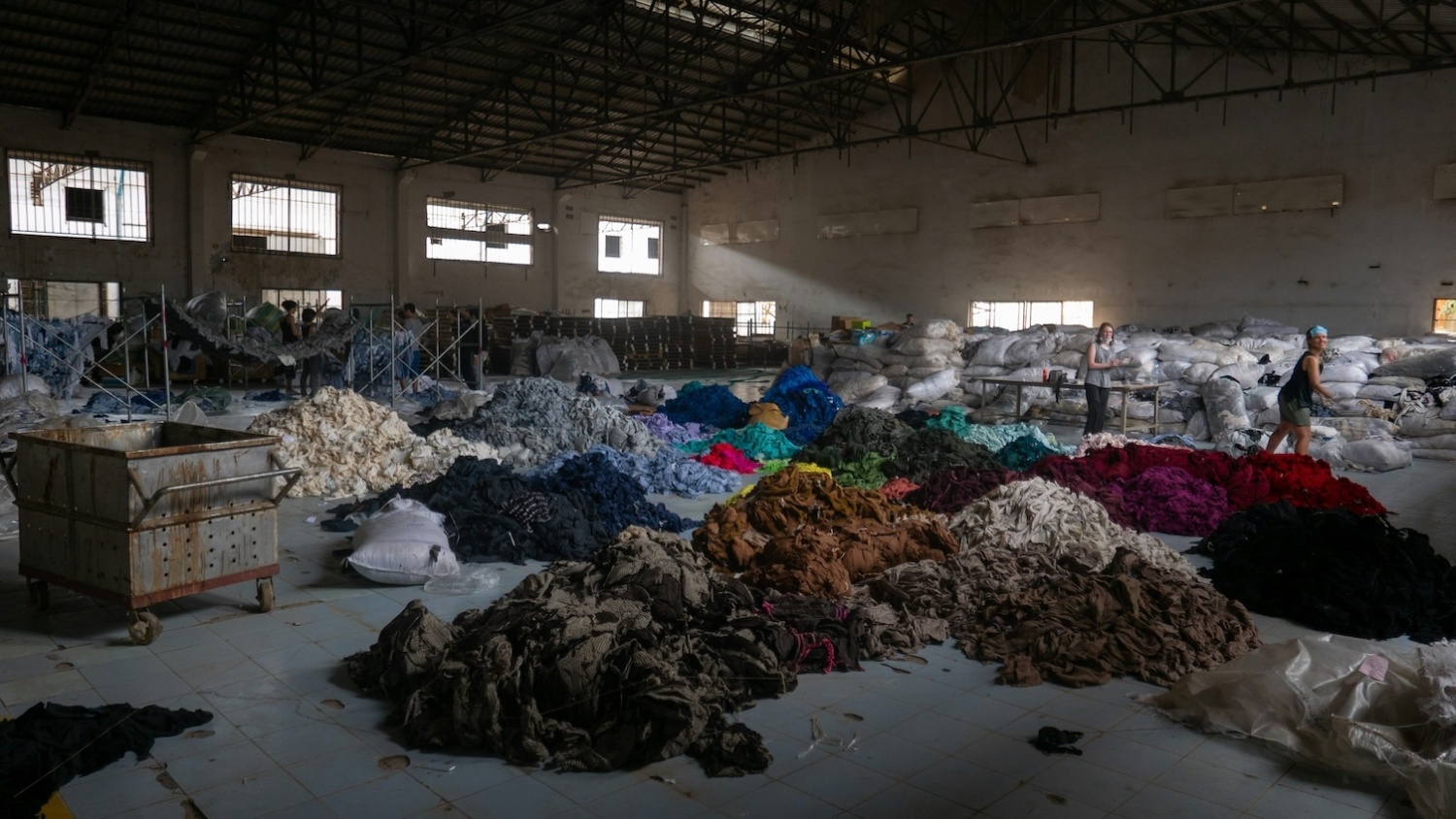
A distillation of behavioural science tells us that if we want to change behaviour we should a) make it easy, and b) add pressure; two principles that we regularly use in our projects to influence prosocial and environmental behaviours. These tactics are regularly used beyond the field of behaviour change for good, by businesses trying to influence buying behaviours. But is the use of these tactics now beginning to backfire for fashion retailers?
The growth of e-commerce and ever-expanding technological capabilities has opened the door to many ways for fashion brands to make it easier and exert more pressure on their customers to spend money. Search and filtering features that allow us to easily find what we are looking for; Apple Pay meaning we no longer have to reach for our debit cards; endless flash sale push and email notifications; partnerships with Klarna so that we don’t have to have money to spend money; members-only loyalty points; targeted social media ads; next day — even same day delivery… the list goes on. And all this spending seems fairly low stakes considering how easy retailers have made it to send things back for free.
But is ‘making it easy’ for customers beginning to backfire on retailers? In leaning into this booming age of consumerism they have created a nation of fashion shoppers who buy A LOT, but also return A LOT. Before customers have even clicked ‘order’, many have already decided they will be returning some of the products, due to ordering multiple sizes or styles to see which suits them best. But, what many customers don’t realise is that their pile of returned clothes may not actually make it back onto the (virtual) shelf. With fast fashion retailers selling their garments for next-to-nothing, it just isn’t financially worth it for them to process and resell returns. Instead, tonnes of clothing end up in landfill — often overseas — creating a wealth of issues like those seen in Ghana’s Kantamanto Market and Chile’s Atacama Desert.
Despite mass returns having long been terrible for the planet, retailers are only just taking action due to recent surges in the cost of delivery and processing making them feel the pinch. To attempt to recoup some of their lost profits, many retailers have introduced fees for customers returning products by post.
However, we recently saw backlash when H&M tried to implement their £1.99 fee to return products ordered online even if a customer hand delivered them back to a H&M store. The way to dodge this fee was to become a member of their loyalty scheme (pressure tactics at their finest!). However, instead of this luring more customers to sign up to their membership, it caused upset, as, given the context of years of returning for free, paying for it made no logical sense to customers — resulting in H&M pulling a very swift u-turn. A sharp reminder that actually customers have the upper hand and can just as easily exert pressure themselves.
Customers may not like it, but evidence suggests that return fees are working to stop overbuying: 53% of retailers surveyed are seeing a reduction in return rates. So, clearly it is an effective intervention that should remain in place. However, retailers in the same study also reported a reduction in average order quantities (perhaps due to more mindful shopping?) and an increase in customer complaints. This leaves retailers in a tricky position — while return fees help reduce costs and improve sustainability, they could come at the cost of driving customers away. So what can they do to keep customers as happy as possible whilst keeping return fees in place?
- Increase understanding of why return fees are in place, embracing honesty and transparency
- ‘Make it easy’ for customers to buy the correct item(s) to begin with — by improving information regarding sizing and other product features
Then, we may start to see a shift away from the buy-to-return customer.
As with all our blogs, the information contained in this post represents the views of the author and does not necessarily represent the views of Behaviour Change Ltd.
Cover photo by Francois Le Nguyen on Unsplash
Share
RELATED ARTICLES
Behavioural science

The tortured norms department
Our Head of Strategy, Kate, reflects on why social norms are always used to their full capacity
30/04/24
Read moreBehavioural science

Let's refill like it's 1993
David shares what we can learn about circularity from his travelling around Africa in '93
10/04/24
Read moreBehavioural science

Traitor or Faithful? The Behavioural Biases in Banishment
For the season finale of Traitors UK, Tasha looks at the behavioural science that underpins the show
26/01/24
Read more